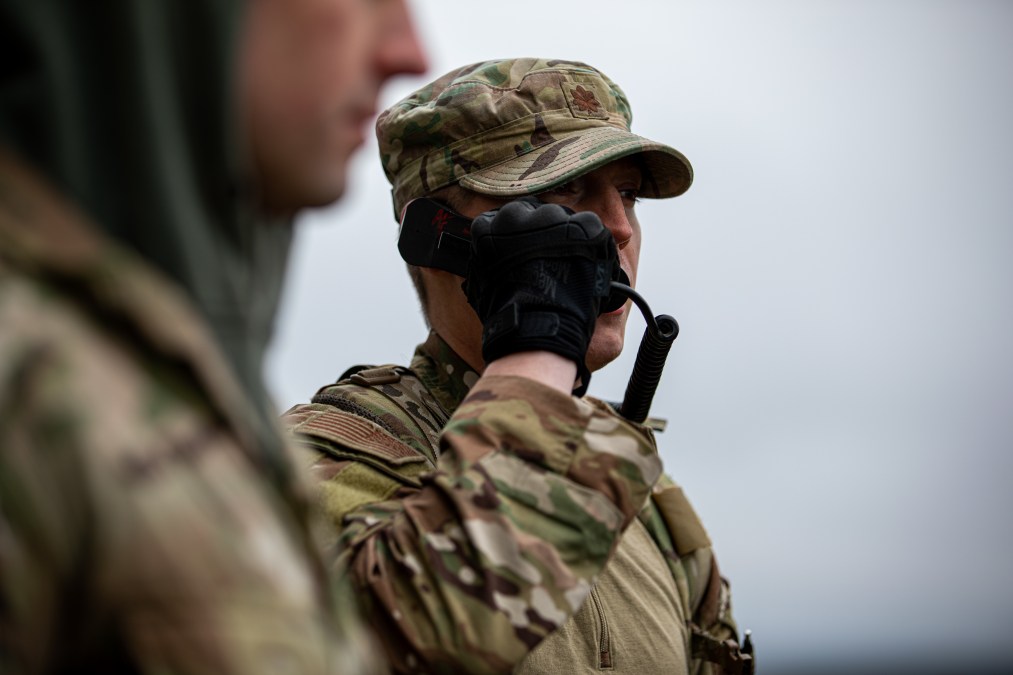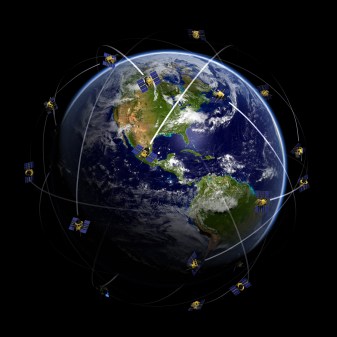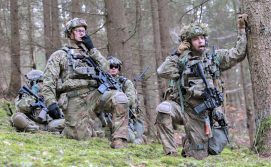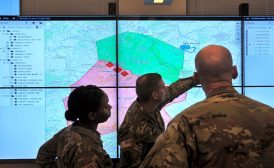Army forces will soon have global network access

AUGUSTA, Ga. — By this time next year, Army forces will be able to securely plug into the network anywhere in the world — a reality that was previously not possible.
“Right now in the Pacific, you can travel anywhere around that [area of responsibility] and plug into the network. By the end of this calendar year, you’ll be able to do it globally and you’ll be able to do it secure,” Lt. Gen. John Morrison, deputy chief of staff, G6, said at the TechNet Augusta conference Tuesday in Georgia. “Think about it from an operational perspective, a unit told to blowout on some [Emergency Deployment Readiness Exercise] or even a national emergency and getting to the distant end and immediately being able to plug in. We have been talking about that for years.”
Morrison said by the end of this calendar year, units will have global connectivity on the unclassified network. And by the end of next summer, they will have global access to the secret network.
The Army in years past devised its network to be theater-centric in portions of the world given that’s how it was fighting its conflicts. However, with the global nature of threats today, that old paradigm is no longer tenable.
The Department of Defense experienced this when the 82nd Airborne Division deployed to Afghanistan to deal with the U.S. troop withdrawal.
For the past three years, the Army has been building toward what it calls its unified network plan, which envisions a singular and global network that forces can plug into anywhere as well as in transit to locations. Previously, it was siloed between the tactical space and remote enterprise locations creating seams in data, communication and connectivity.
As part of the shift toward a unified network, the Army is consolidating the portfolios of some of its program executive offices to ensure all network capabilities are under one roof. This means all the enterprise capabilities that previously existed under PEO Enterprise Information Systems will reside under PEO Command, Control, Communications-Tactical beginning Oct. 1.
“I think it is a great move and absolutely essential to help speed the deployment and continuous modernization of the unified network,” Morrison told DefenseScoop in an interview ahead of TechNet Augusta. “By having it all under one hat, I mean, just think of it from a systems engineering perspective. Now there’s one PEO you can go to so as you’re making a technical adjustment in tactical space, that same PEO is responsible for making sure that is integrated seamlessly into your strategic and operational levels as opposed to in coordination between two PEOs. And quite frankly, with the harmonization of requirements … you get one requirements look to get one materiel development look and it gets delivered and implemented underneath Army Cyber [Command] so it’s now upgraded in a consistent and rapid manner across the globe.”
Next, the Army is looking to ensure it is building division formations that can rapidly plug into the network seamlessly. The Army has recently shifted from the brigade to the division as the unit of action as sophisticated nation states and projected large-scale combat operations will force the military to fight at greater distances and push operations to higher echelons.
When it comes to other network-related capabilities, Morrison noted that the Army will not be transitioning to a classified version of Army 365.
“Army 365 on SIPR, we are not going to do,” he said, referencing the secret network known as Secret Internet Protocol Router Network.
Defense Information Systems Agency Director Lt. Gen. Rober Skinner and “I have been working very, very hard to push the department so that we would have a single tenant, a single joint tenant, on SIPR,” he added. “DISA’s done an incredible job getting that up. It’s already started moving people into that environment and the Army will follow starting in the September timeframe, and we’re going to do it at a fairly quick clip with the goal of being done with the transition by the end of the calendar year.”






